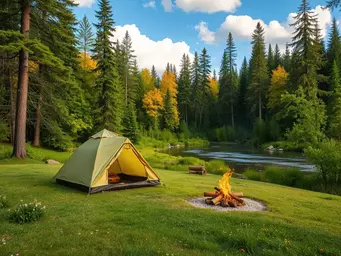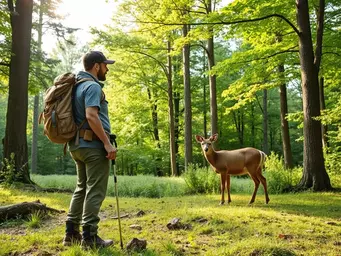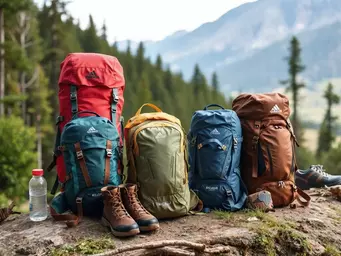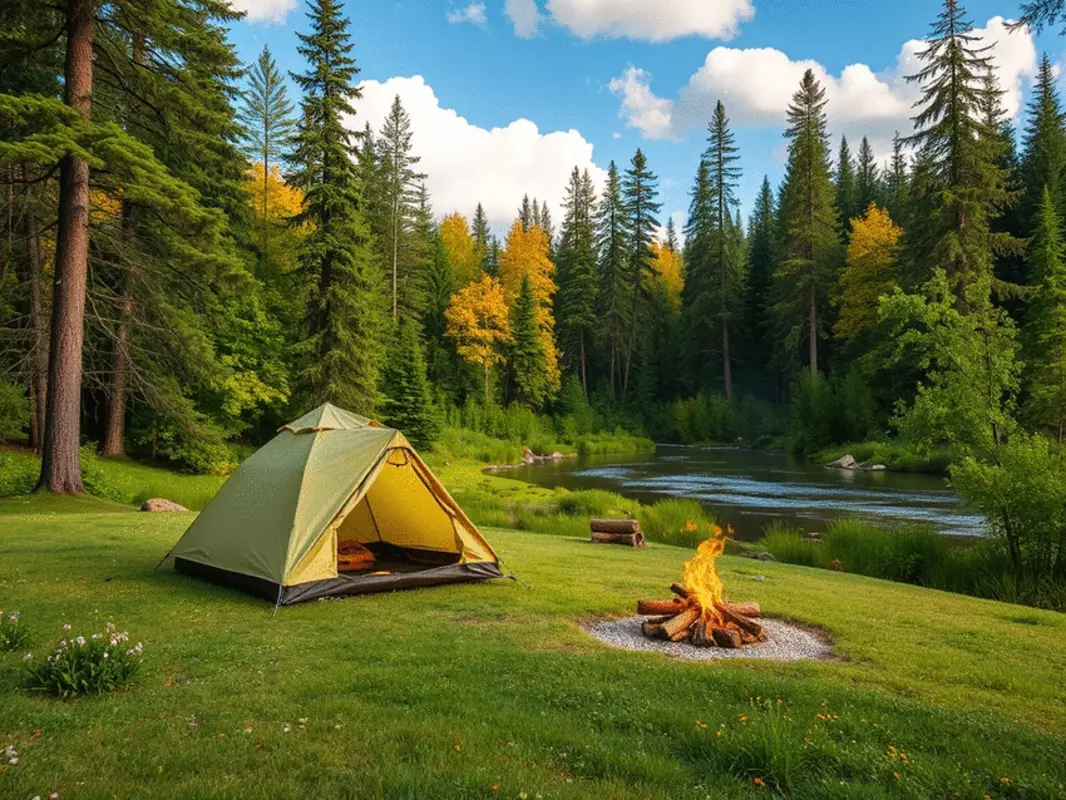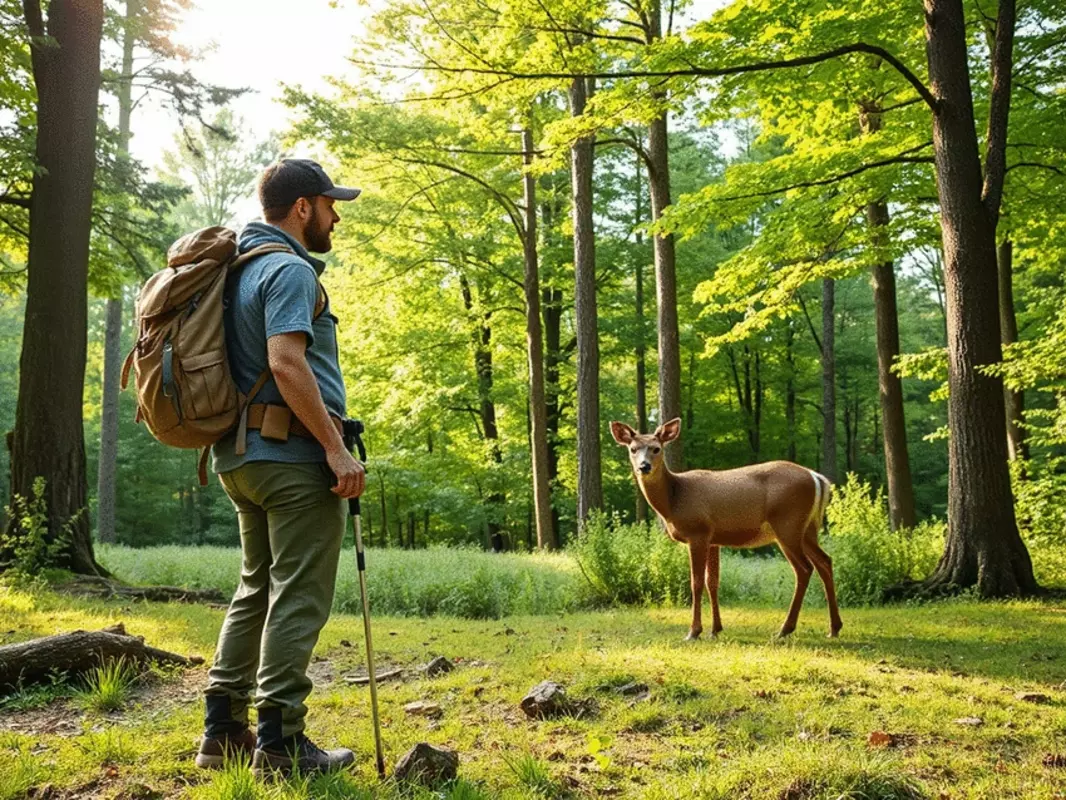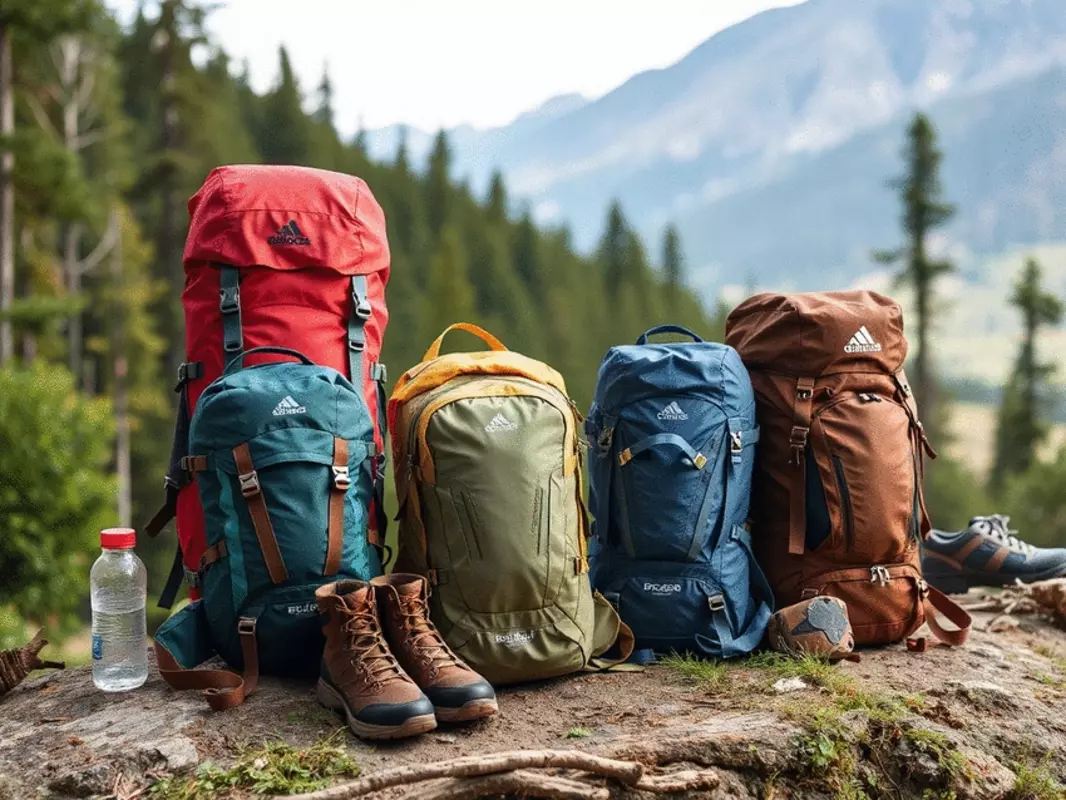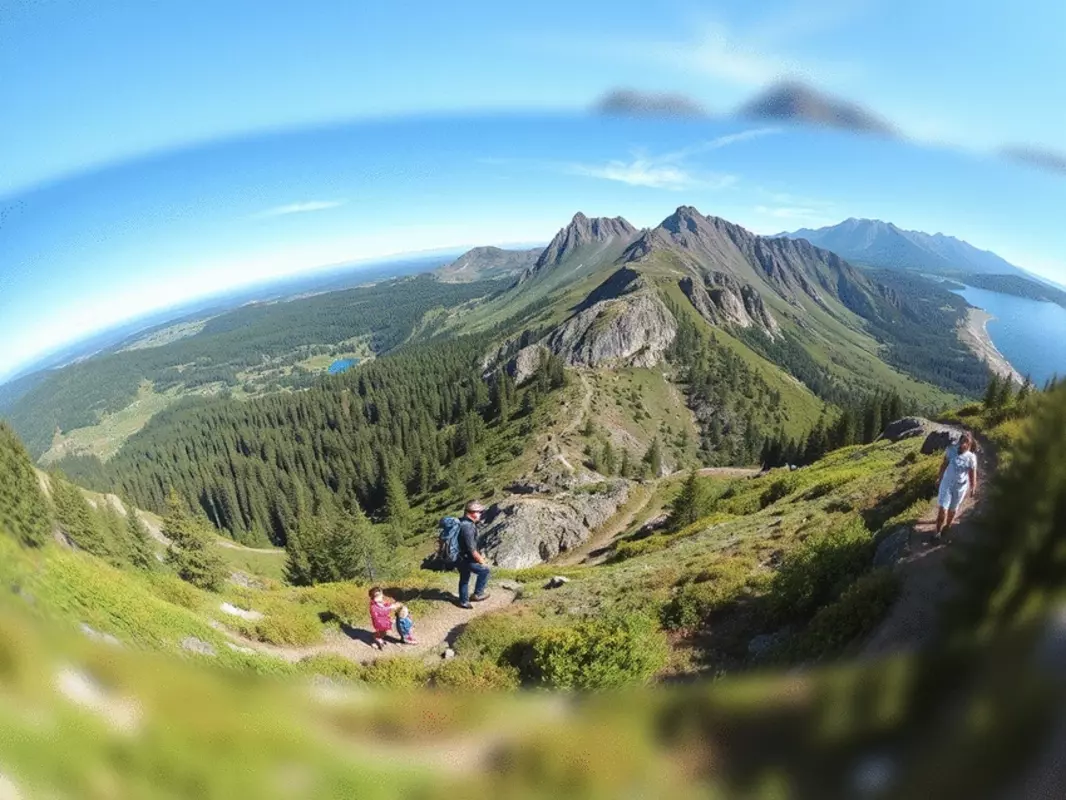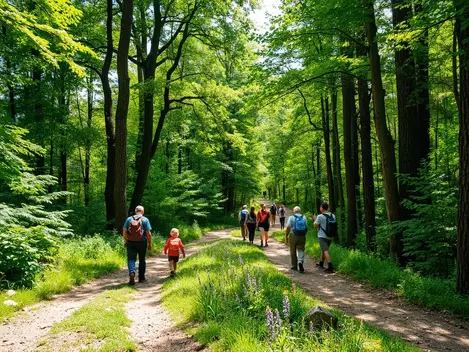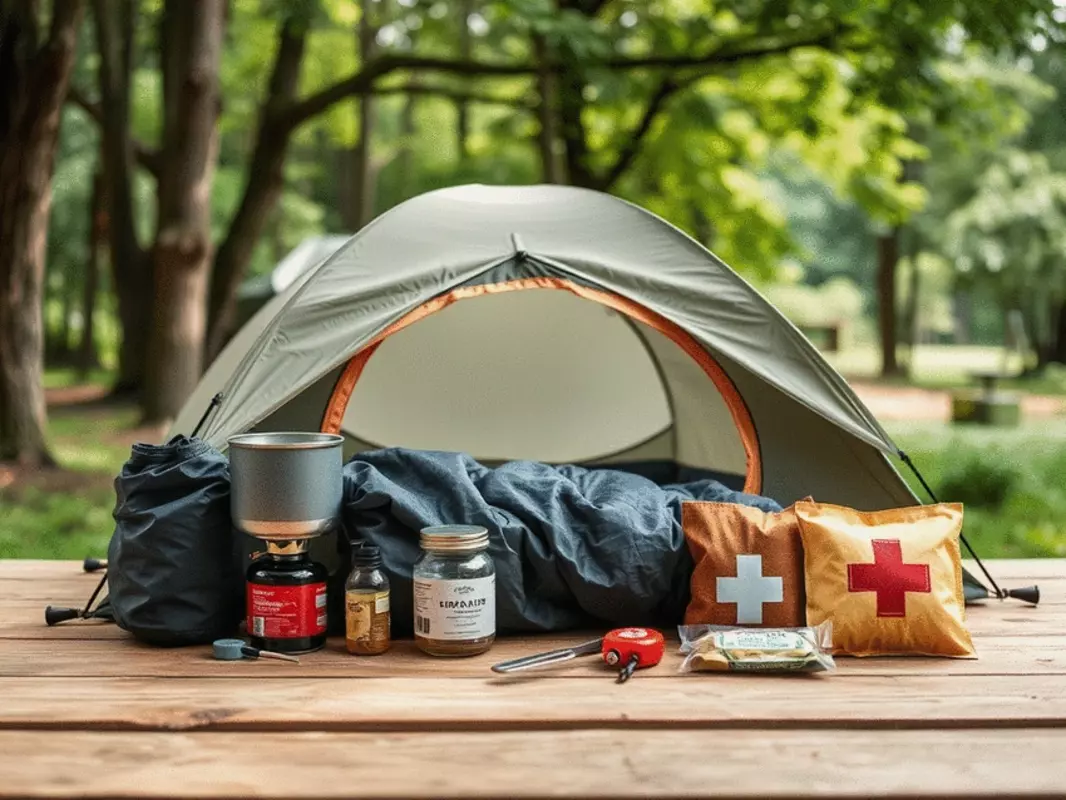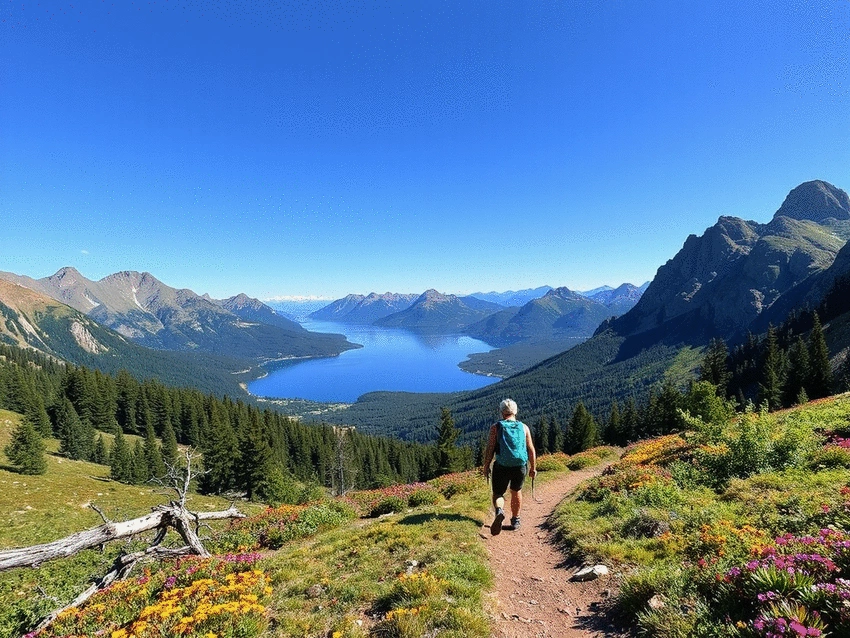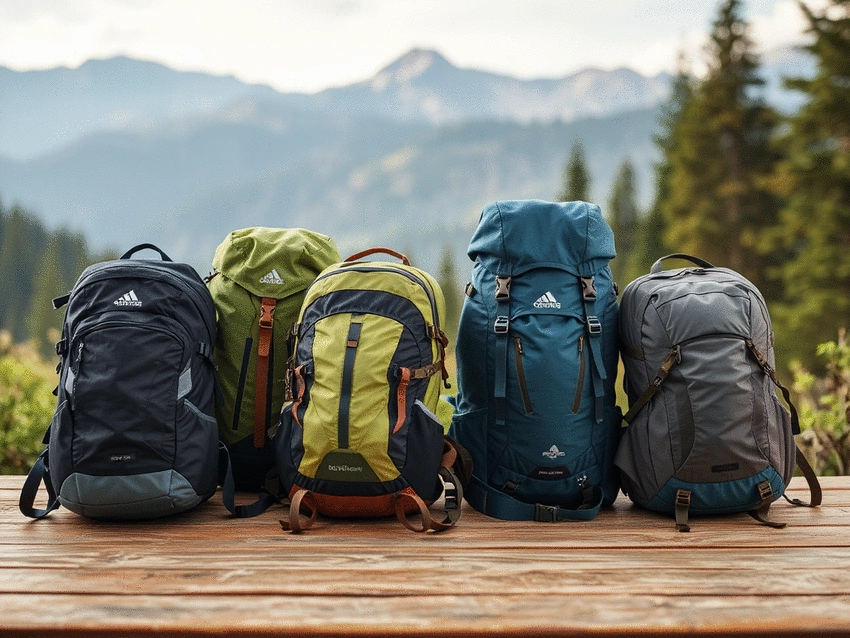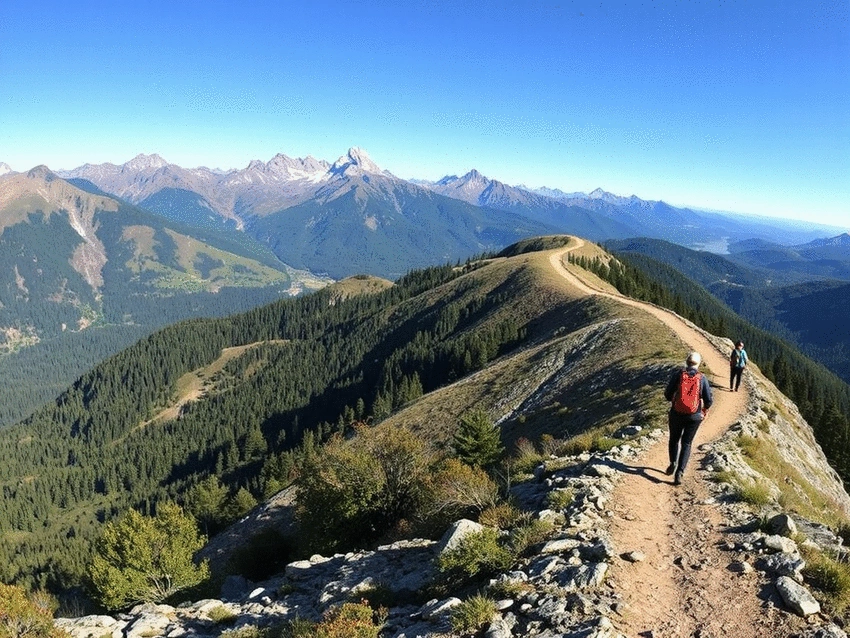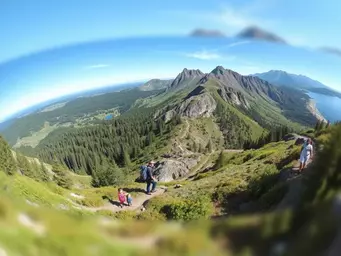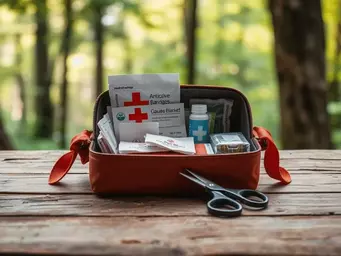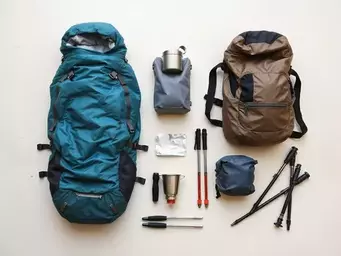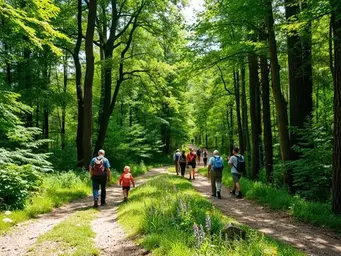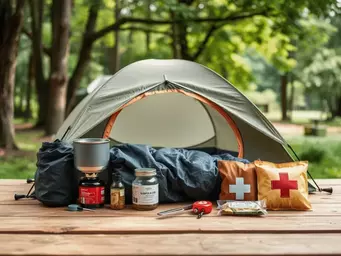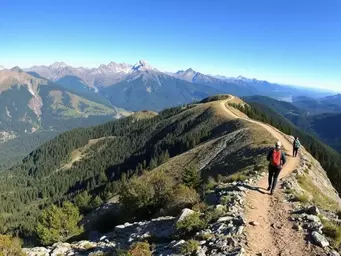Hiking Safety Tips for Backpackers

As we gear up for our outdoor adventures, it’s essential to prioritize safety in 2025. Have you considered how the landscape of hiking has changed and what that means for your next trek? Understanding critical safety practices can transform your hiking experience and keep you connected to nature securely.
What You Will Learn
- Awareness of potential risks such as wildlife and sudden weather changes is crucial for every hiker.
- Preparedness with the right gear and knowledge can significantly enhance your safety on the trails.
- Familiarity with essential navigation skills, including map reading and compass use, is vital in case technology fails.
- Staying hydrated and maintaining energy with nutritious snacks are key to enjoying your hike safely.
- Practicing Leave No Trace principles helps protect the environment and ensures the trails remain safe for everyone.
Key Pillars of Hiking Safety in 2025
This visual highlights the essential elements contributing to a safe and informed hiking experience, categorized into core practices and preparation stages.
Awareness & Preparedness
Being aware of risks (wildlife, weather) and having the right gear and knowledge for emergencies.
Navigation Skills
Mastering map, compass, and GPS for effective trail navigation.
Gear & Supplies
Packing first aid, hydration, and appropriate clothing.
Communication
Informing others of itinerary and having emergency contacts.
Environmental Ethics
Respecting wildlife and practicing Leave No Trace principles.
Understanding the Importance of Hiking Safety in 2025
As an avid hiker and outdoor enthusiast, I can’t stress enough the importance of hiking safety. Each year, as more people hit the trails, understanding how to stay safe becomes crucial. Whether you’re a seasoned backpacker or just starting out, safety tips can make a world of difference in your hiking experience. In 2025, with the ever-evolving landscape of outdoor adventures, it's essential to be prepared and informed. The National Park Service offers comprehensive hiking safety guidelines that are invaluable for any outdoor enthusiast.
One of the biggest reasons I advocate for hiking safety tips is that they empower hikers to make informed decisions. At Backpack Hiking, we aim to educate every adventurer on these vital practices. From understanding trail etiquette to knowing how to respond in emergencies, these tips can help ensure that your time spent in nature is both enjoyable and safe!
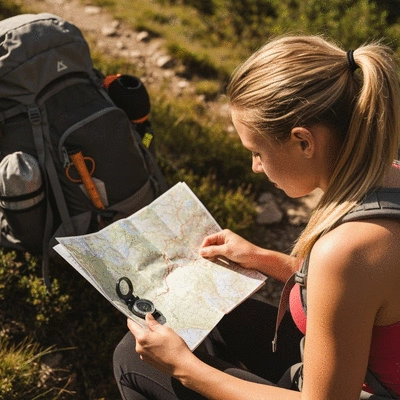
Why Every Backpacker Needs Essential Hiking Safety Tips
Every backpacker, regardless of skill level, should have a solid grounding in essential hiking safety tips. These tips not only protect you but also enhance your overall experience. Here are some key reasons why these tips are non-negotiable:
- Awareness of Risks: Being aware of potential dangers such as wildlife encounters or sudden weather changes.
- Preparedness: Having the right gear and knowledge to handle emergencies can save lives.
- Confidence: Knowing what to do in various situations allows hikers to enjoy their journey more fully.
When I first started hiking, I was overwhelmed by the information available. But focusing on the essentials—like understanding your environment and being prepared—made my adventures much more enjoyable. Trust me, there's peace in knowing you’re prepared! For a great resource on preparing for your next adventure, check out this beginner's guide to wilderness and backcountry hiking prep.
Current Trends in Hiking and Their Impact on Safety
As we navigate 2025, several trends are shaping the way we hike. From technology advancements to a growing emphasis on sustainability, these trends also influence safety practices on the trails:
- Increased Use of Technology: GPS apps and online trail maps are popular, but reliance on them can become a double-edged sword.
- Social Media Influence: The rise of social media has led to crowded trails, which can heighten safety concerns.
- Focus on Mental Health: Many hikers are seeking solitude in nature, leading to a need for knowledge about personal safety.
Staying informed about these trends can significantly impact your safety as a hiker. For instance, while technology is a great tool, it’s essential not to become overly dependent on it. A good map and compass can be a lifesaver if your device fails!
Trail Navigation: Essential Skills for Every Hiker
No matter where you hike, having strong trail navigation skills is vital. It’s not just about getting from point A to B; it’s about understanding the landscape around you. Here’s what you need to know:
- Reading Maps: Familiarize yourself with topographic maps and trail markers.
- Using a Compass: Learn the basics of compass navigation to complement your map skills.
- GPS Awareness: Know how to use GPS devices effectively, but also how to backtrack manually if needed.
I remember a hike where I had to rely on my map and compass because my GPS lost signal. It was a humbling experience, but it reinforced the importance of navigation skills. Every hiker should have the confidence to navigate, regardless of technology.
Engage with Your Fellow Hikers!
What hiking safety tip has been most valuable to you? Share your insights and experiences in the comments below!
Summarizing Essential Hiking Safety Tips
As we explore the great outdoors, it's vital to prioritize safety. In 2025, hiking safety tips are more important than ever. Here’s a quick summary of the essential safety tips every backpacker should keep in mind:
- Always inform someone about your hiking itinerary.
- Carry a reliable map and compass, and know how to use them.
- Pack a well-stocked first aid kit tailored to your needs.
- Stay hydrated and maintain energy with nutritious snacks.
- Be aware of your surroundings and respect wildlife.
By following these guidelines, we can ensure not only our safety but also that of our fellow hikers. I often remind myself that being prepared is not just about packing the right gear; it’s about cultivating a mindset of awareness and responsibility in nature. Have you ever faced a challenging situation on the trail? That's where these tips truly shine!

Frequently Asked Questions About Hiking Safety
- What are the most crucial hiking safety tips for 2025?
- The most crucial tips include informing someone of your itinerary, carrying a map and compass, packing a first aid kit, staying hydrated, and being aware of your surroundings and wildlife. Always check the weather and consider the Ten Essentials for hiking safety as recommended by experts.
- How important is navigation without technology?
- It's extremely important. While GPS is useful, devices can fail. Knowing how to read a map and use a compass is a fundamental skill that can prevent you from getting lost and is highlighted in many hiking safety resources.
- What should I do to prepare for a hike?
- Preparation involves checking the weather, packing essential gear (including the Ten Essentials), informing someone of your route, and familiarizing yourself with the trail and local wildlife. A thorough beginner's guide to wilderness and backcountry hiking prep can help you get started.
- Why is Leave No Trace important for hiking safety?
- Leave No Trace principles help preserve the natural environment, ensuring trails remain safe and enjoyable for everyone. This includes proper waste disposal, minimizing impact on vegetation, and respecting wildlife, all of which contribute to overall trail safety and sustainability.
- How do current trends like technology use affect hiking safety?
- While technology can be helpful for navigation and communication, over-reliance on it can be risky if devices fail. The rise of social media can also lead to overcrowded trails, increasing the potential for accidents and environmental impact. It's important to balance technology with traditional safety skills.
Key Takeaways for Every Backpacker in 2025
Reflecting on what we've covered, here are the key takeaways for every outdoor enthusiast:
- Always check the weather forecast before heading out.
- Travel with a buddy whenever possible for added safety.
- Familiarize yourself with local wildlife and plants.
- Practice Leave No Trace principles to protect our trails.
These takeaways serve as a foundation for safe hiking experiences. For me, each hiking trip is a chance to not only enjoy nature but also to apply what I’ve learned over the years. Let’s build a safer hiking community together!
Preparing for Your Next Hiking Adventure: Final Thoughts
As you gear up for your next hiking adventure, take a moment to reflect on your preparation. Remember, the journey begins with a solid plan. I always start by reviewing essential gear, checking my packing list, and ensuring I have everything I need for a successful trip. Have you thought about what you’ll bring on your next hike?
At Backpack Hiking, we believe that preparation is the key to enjoying the outdoors safely. Embrace the excitement, stay vigilant, and don’t hesitate to reach out to fellow hikers for advice or support. Adventure awaits!
Encouraging Safe Hiking Practices: Join the Community
Share Your Hiking Experiences and Safety Tips
We’d love to hear from you! Sharing your hiking experiences helps foster a culture of safety and camaraderie within our community. Whether you’ve faced unexpected challenges or discovered a hidden gem on your last trek, let’s learn from each other. Post your stories and insights on our forums or social media pages, and be a part of our vibrant hiking community!
Engaging with Hiking Safety Resources and Organizations
Lastly, I encourage everyone to connect with hiking safety resources and organizations. They provide invaluable information and support. Here are a few you might consider:
- The American Hiking Society
- National Park Service Safety Resources
- Local hiking groups on social media platforms
By engaging with these resources, you only enhance your knowledge but also contribute to a safer hiking environment for everyone. Let’s commit to safer adventures together!
Recap of Key Points
Here is a quick recap of the important points discussed in the article:
- Always inform someone about your hiking itinerary before you head out.
- Carry a reliable map and compass, and ensure you know how to use them effectively.
- Pack a well-stocked first aid kit tailored to your specific needs.
- Stay hydrated and keep your energy up with nutritious snacks during your hike.
- Be aware of your surroundings and respect local wildlife to enhance safety.
- Check the weather forecast and travel with a buddy whenever possible.
- Familiarize yourself with local wildlife and plants for better preparedness.
- Practice Leave No Trace principles to protect the environment while hiking.
